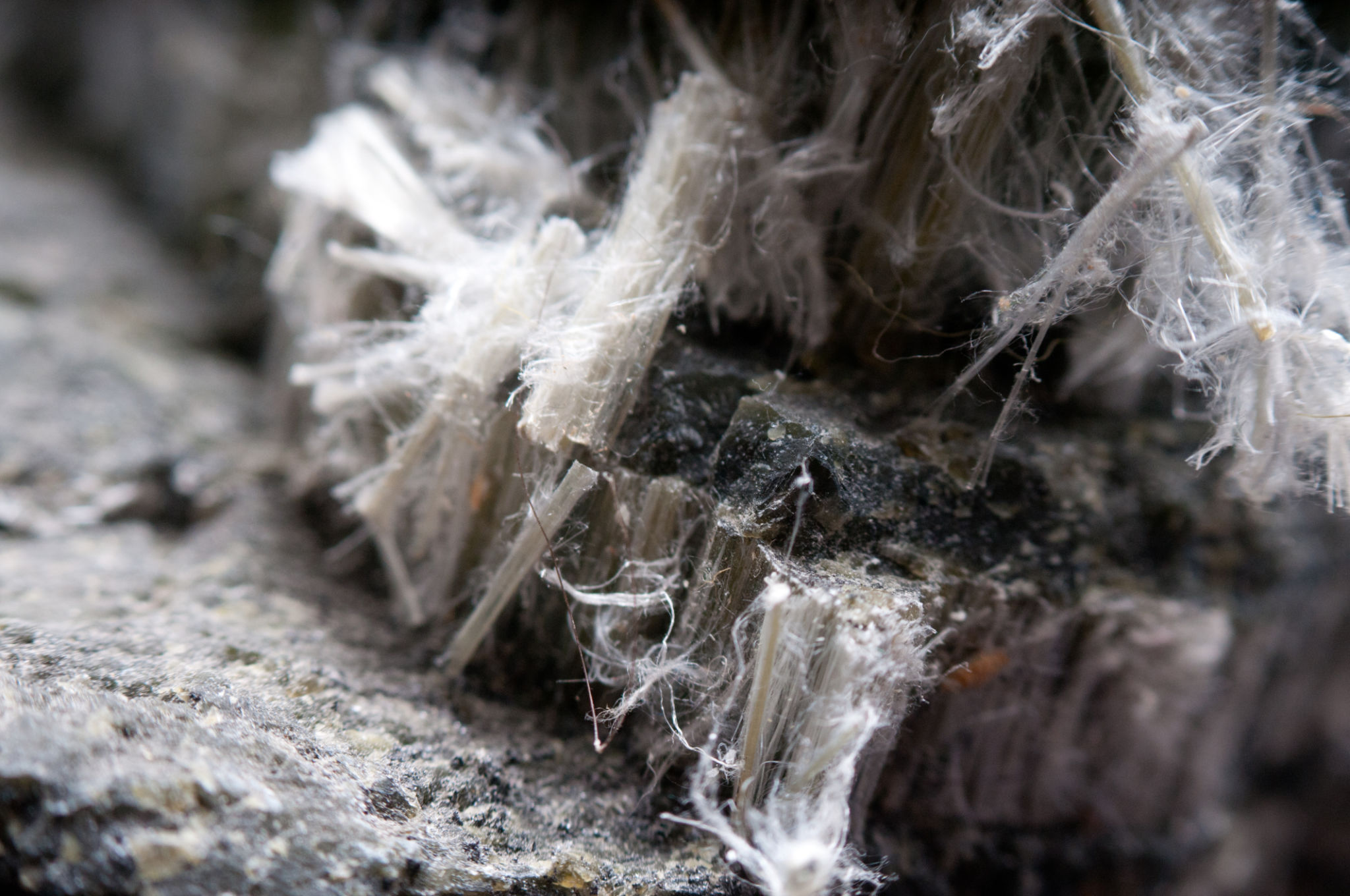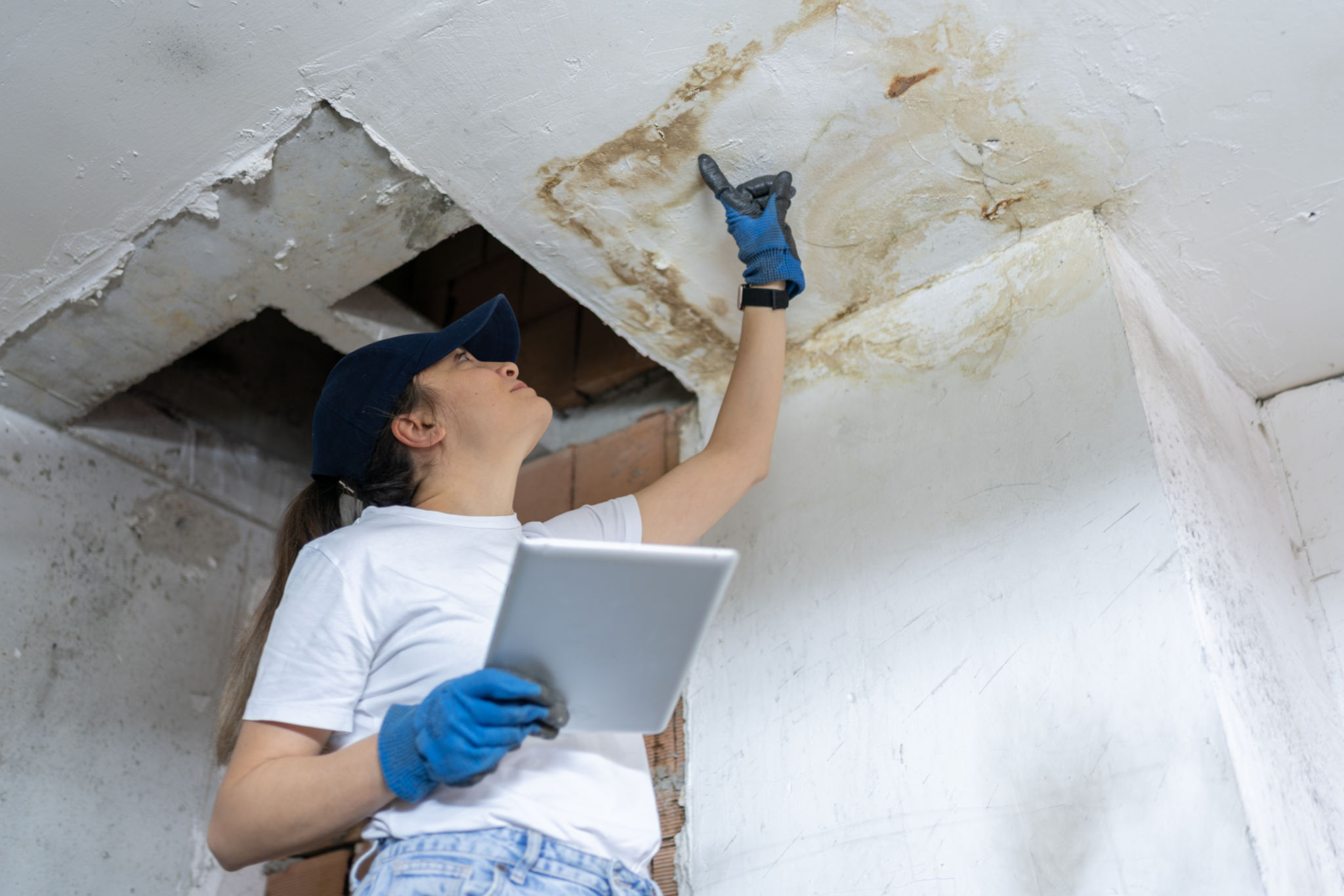5 Common Myths About Asbestos and Mold: Debunking Misconceptions
Understanding Asbestos and Mold
Asbestos and mold are two terms that often raise concerns due to their potential health risks. However, misinformation can lead to unnecessary panic or improper handling of these substances. In this blog post, we aim to debunk five common myths about asbestos and mold, ensuring you have the facts straight.

Myth 1: Asbestos Is Only Found in Old Buildings
One of the prevailing myths is that asbestos is only present in old buildings. While it’s true that many older structures contain asbestos materials, it’s not exclusive to them. Asbestos was used in construction until the late 20th century, and some products containing asbestos are still being manufactured today. Thus, it's crucial to conduct professional inspections in both old and modern buildings if there's any suspicion of asbestos presence.
Furthermore, asbestos can be found in various materials, including insulation, floor tiles, and roofing shingles. This wide range of applications means that it can be present in unexpected places, making awareness and testing essential.
Myth 2: All Mold Is Dangerous
Mold is often associated with health issues, leading to the belief that all mold is hazardous. However, not all mold poses a significant health risk. While certain molds can trigger allergic reactions or respiratory problems, others are relatively harmless. The key is identifying the type of mold present and assessing the level of exposure.

Professional testing can determine the type of mold and the appropriate remediation steps. It’s important to address mold growth promptly but understanding its actual risks helps in making informed decisions.
Myth 3: You Can Remove Asbestos Yourself
Another common misconception is that individuals can safely remove asbestos on their own. This is not only dangerous but also illegal in many regions. Asbestos fibers are hazardous when disturbed and can cause serious respiratory diseases such as mesothelioma. Always hire a certified professional for asbestos removal to ensure it's handled safely and legally.
Attempting to remove asbestos without proper equipment and expertise can lead to contamination of the air and surfaces in your home, putting everyone at risk.

Myth 4: Mold Can Be Cleaned with Bleach
Many people believe that bleach is an effective solution for eradicating mold. However, while bleach can remove surface mold, it doesn’t address mold growing beneath surfaces, such as walls or ceilings. Bleach also loses its effectiveness on porous materials, where mold roots can penetrate deeply.
Proper mold remediation involves identifying the source of moisture, repairing leaks, and using specialized cleaning agents designed for mold removal. In severe cases, professional remediation services are recommended to ensure thorough cleanup.
Myth 5: Asbestos and Mold Are Easy to Identify
Finally, there’s a belief that asbestos and mold are easy to spot with the naked eye. In reality, asbestos fibers are microscopic and cannot be seen without specialized equipment. Similarly, while mold may be visible in some cases, it often hides in areas like behind walls or under floors.
For accurate identification, professional testing is necessary. This ensures that both substances are properly managed to protect health and safety.

By understanding these myths and the truths behind them, you can take appropriate action to manage asbestos and mold safely. Armed with accurate information, you'll be better prepared to protect your home and health from these potential hazards.
